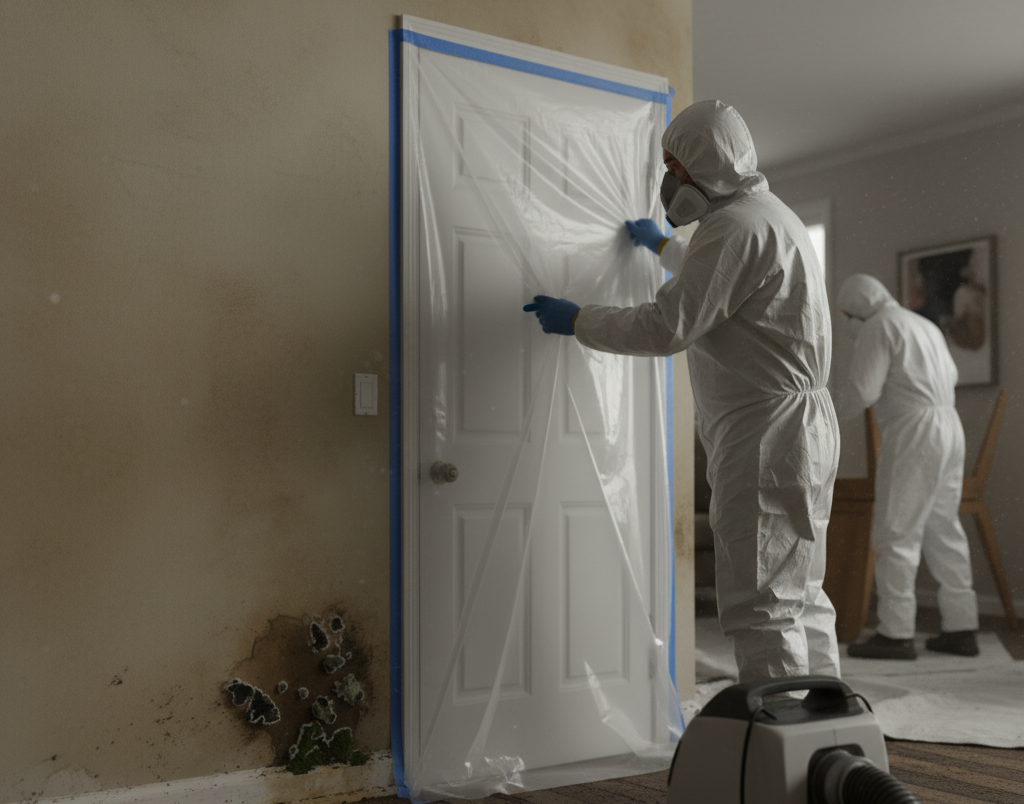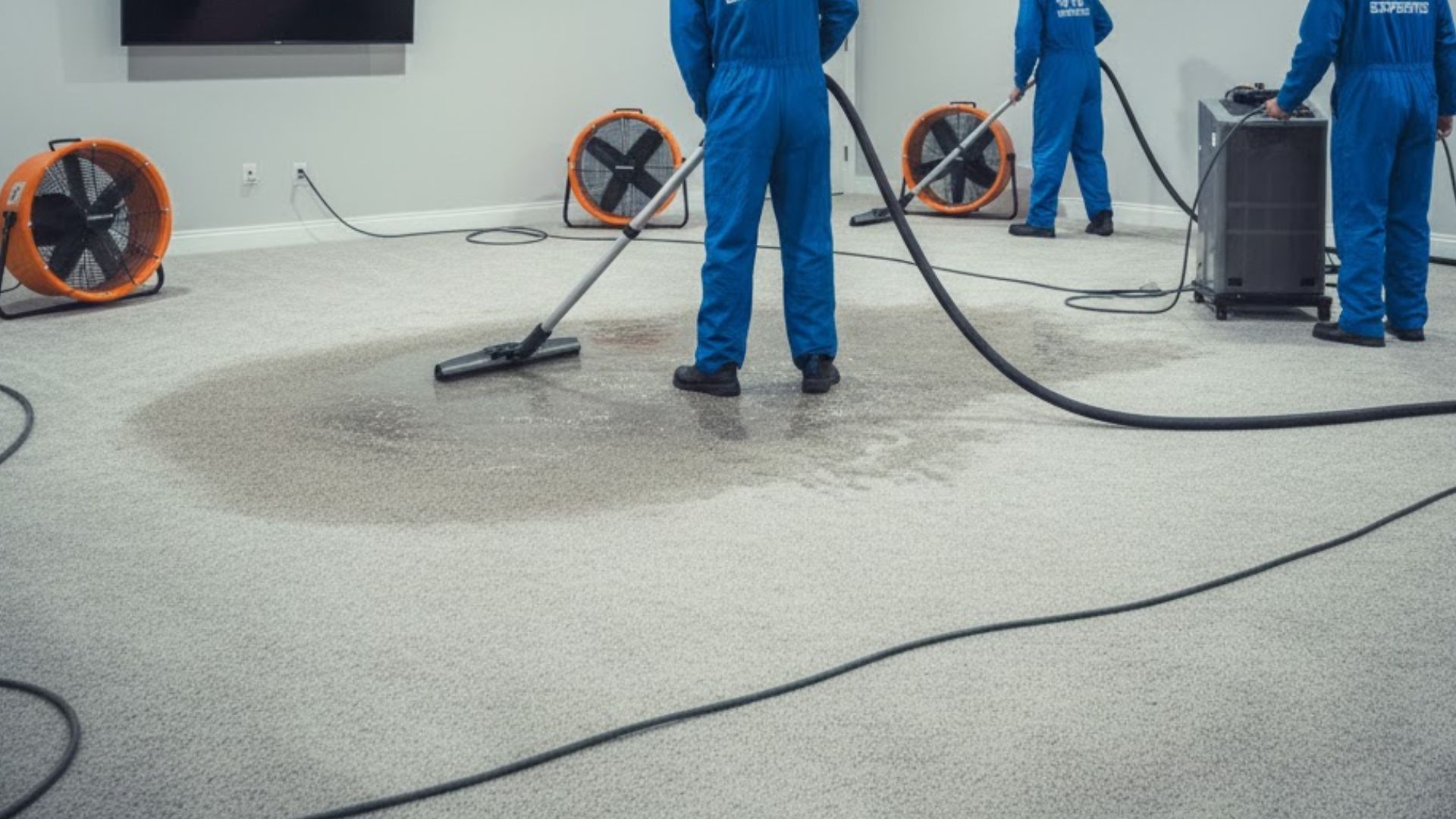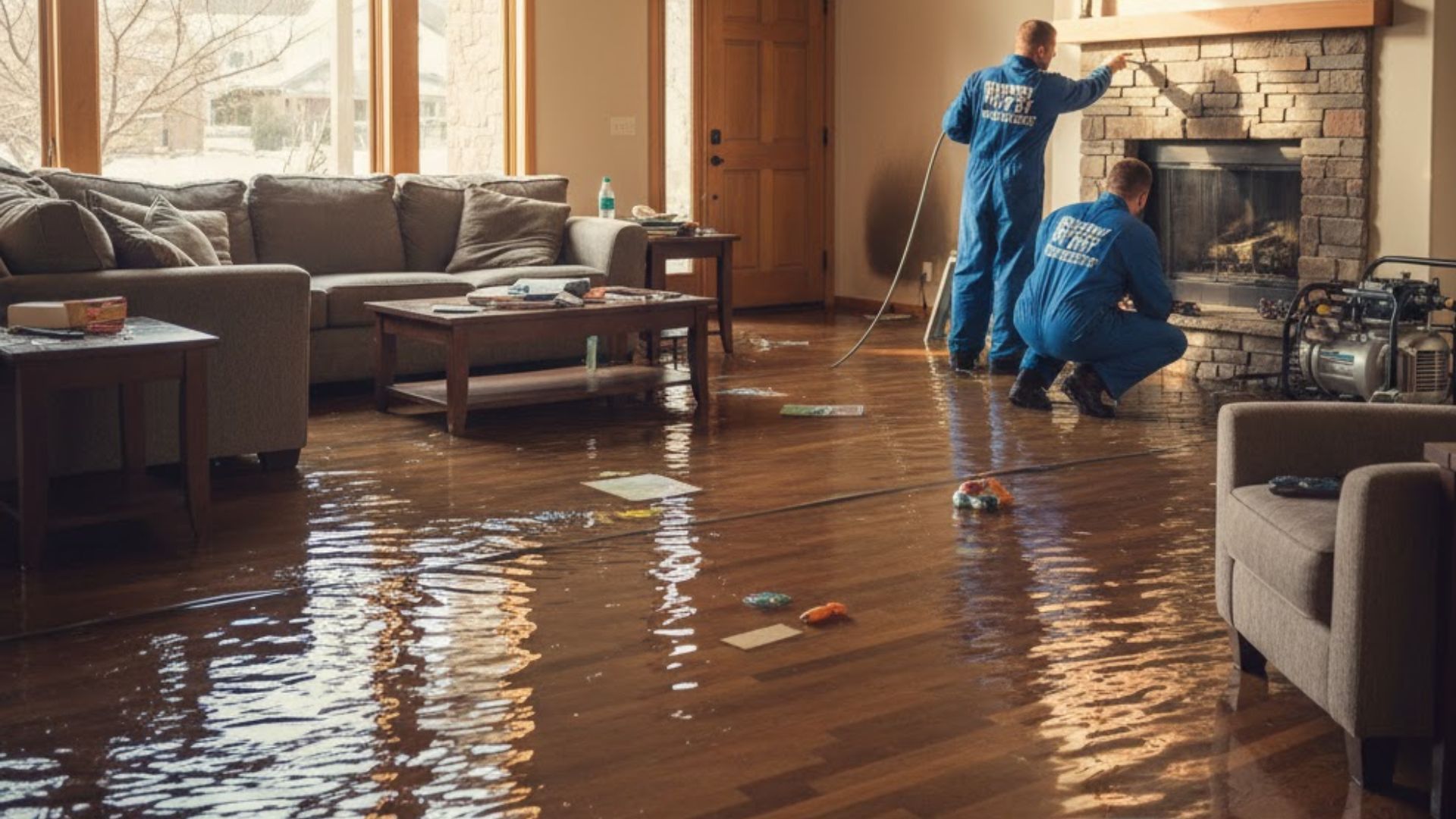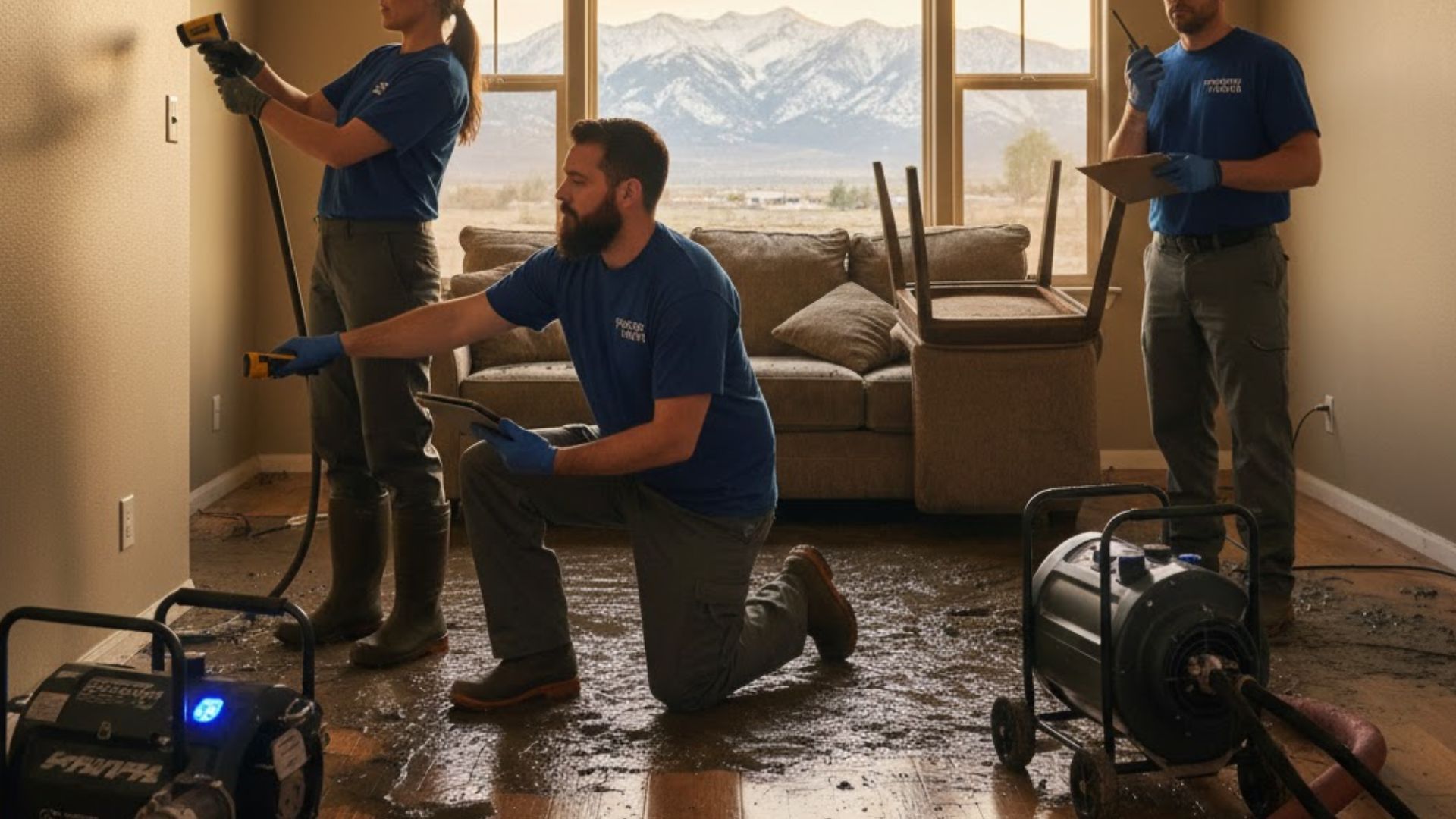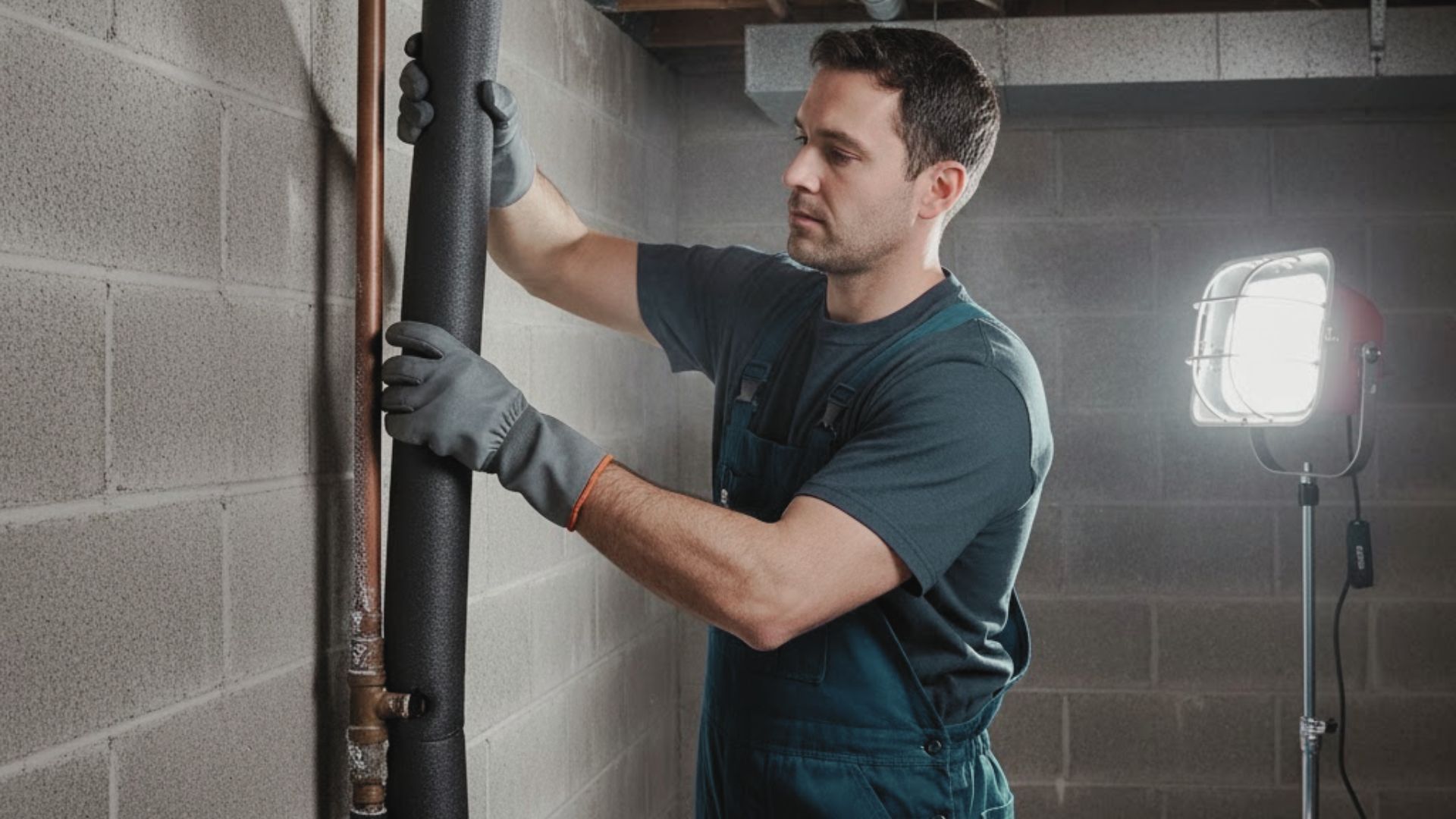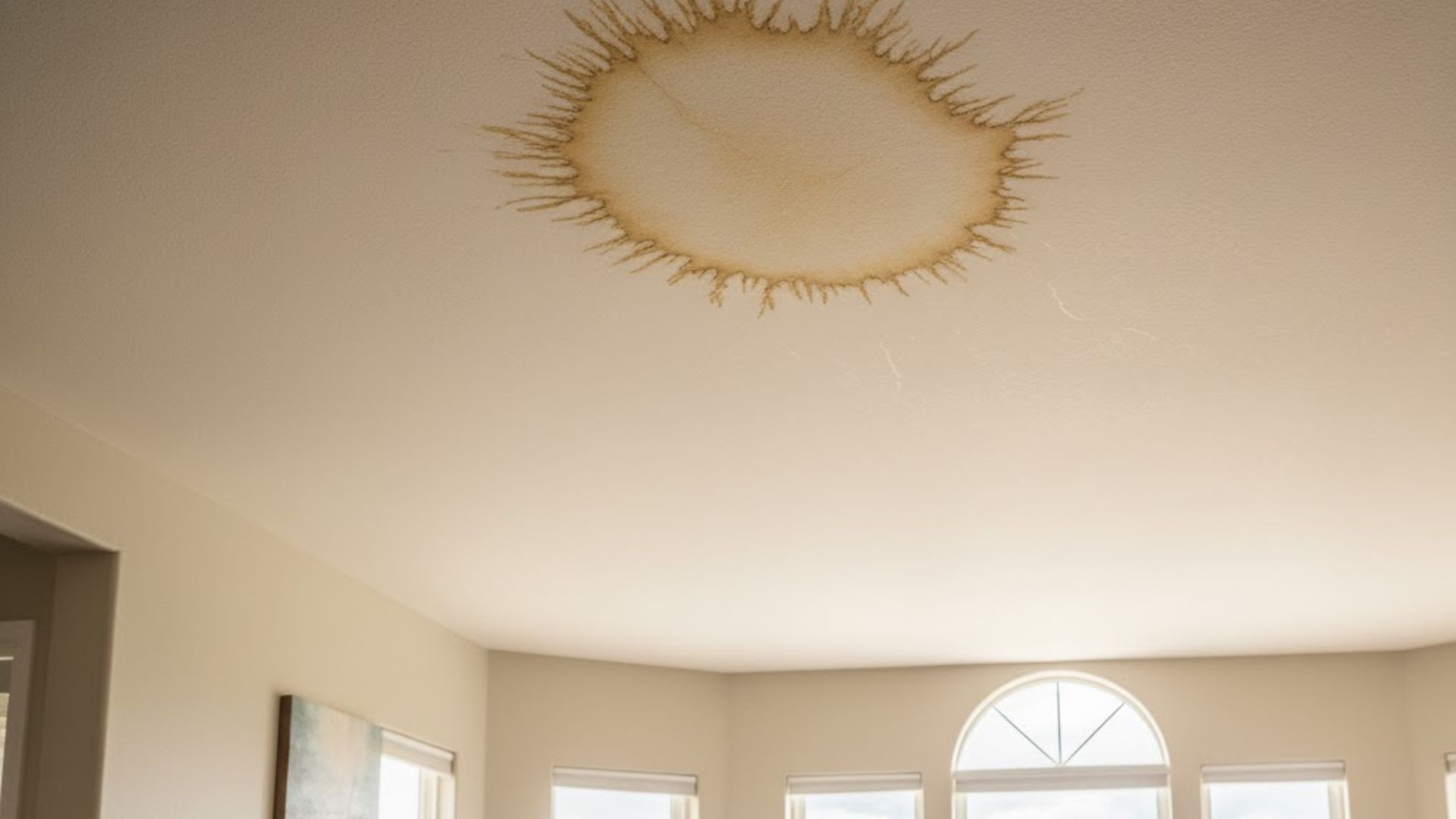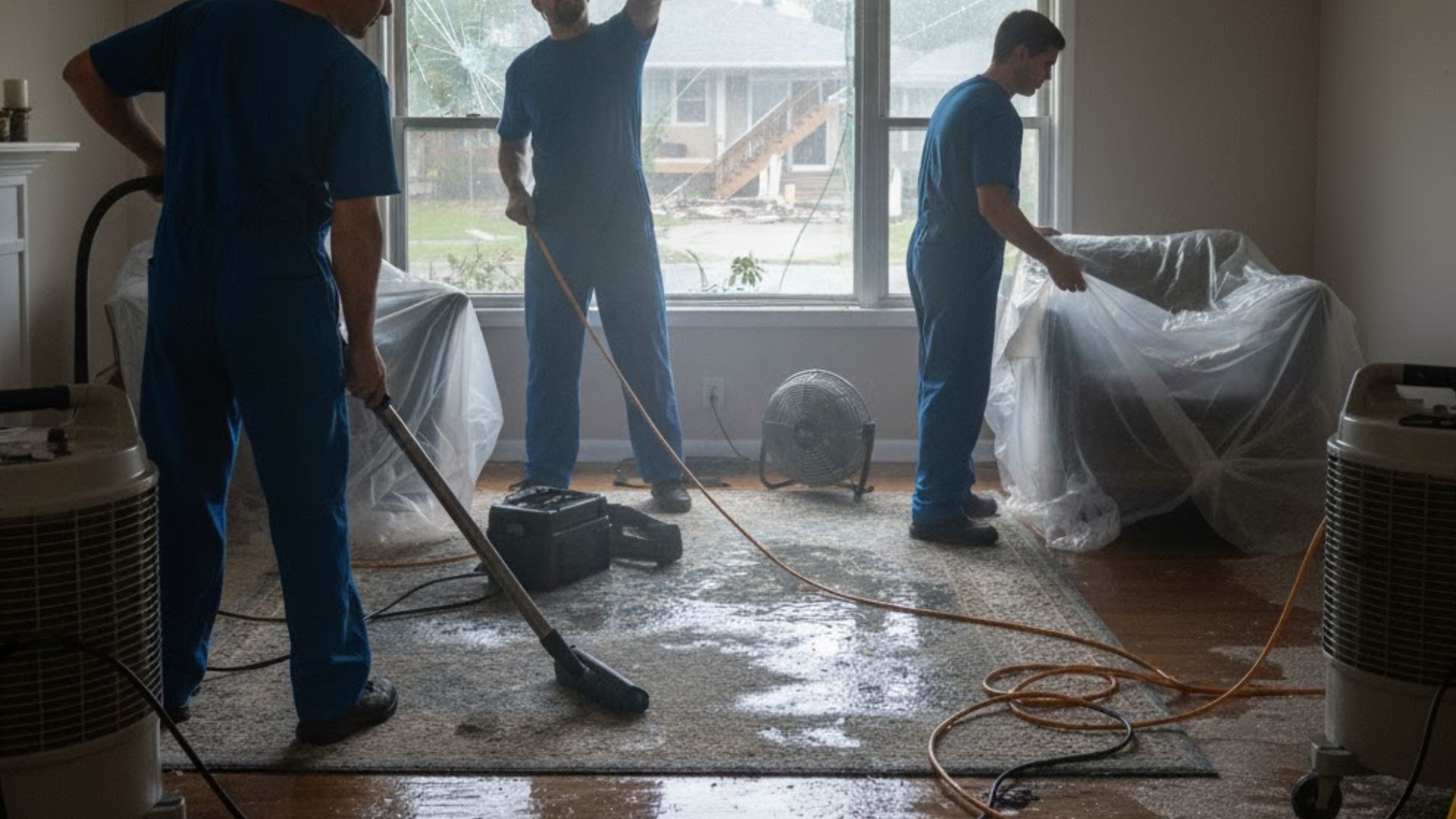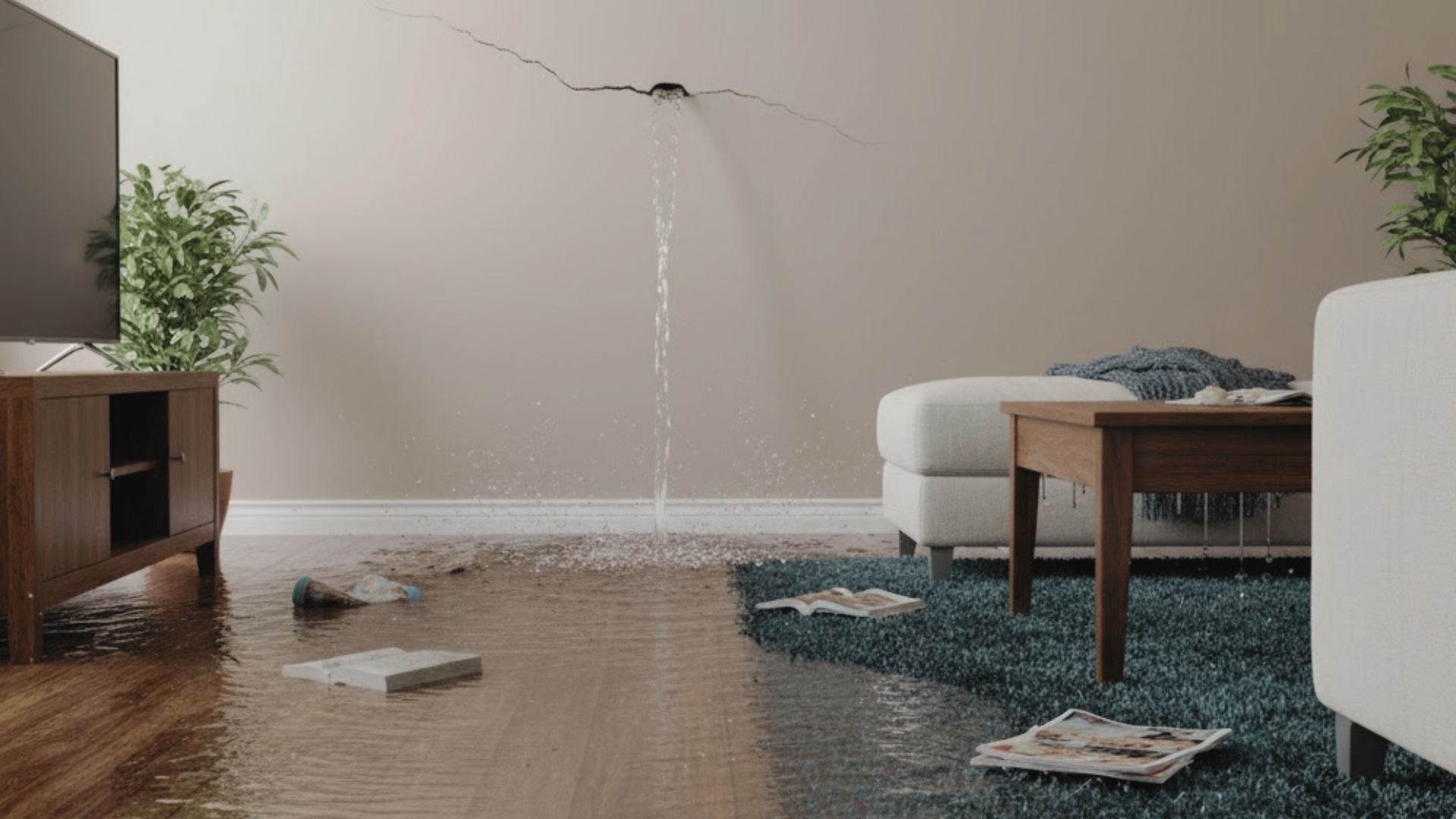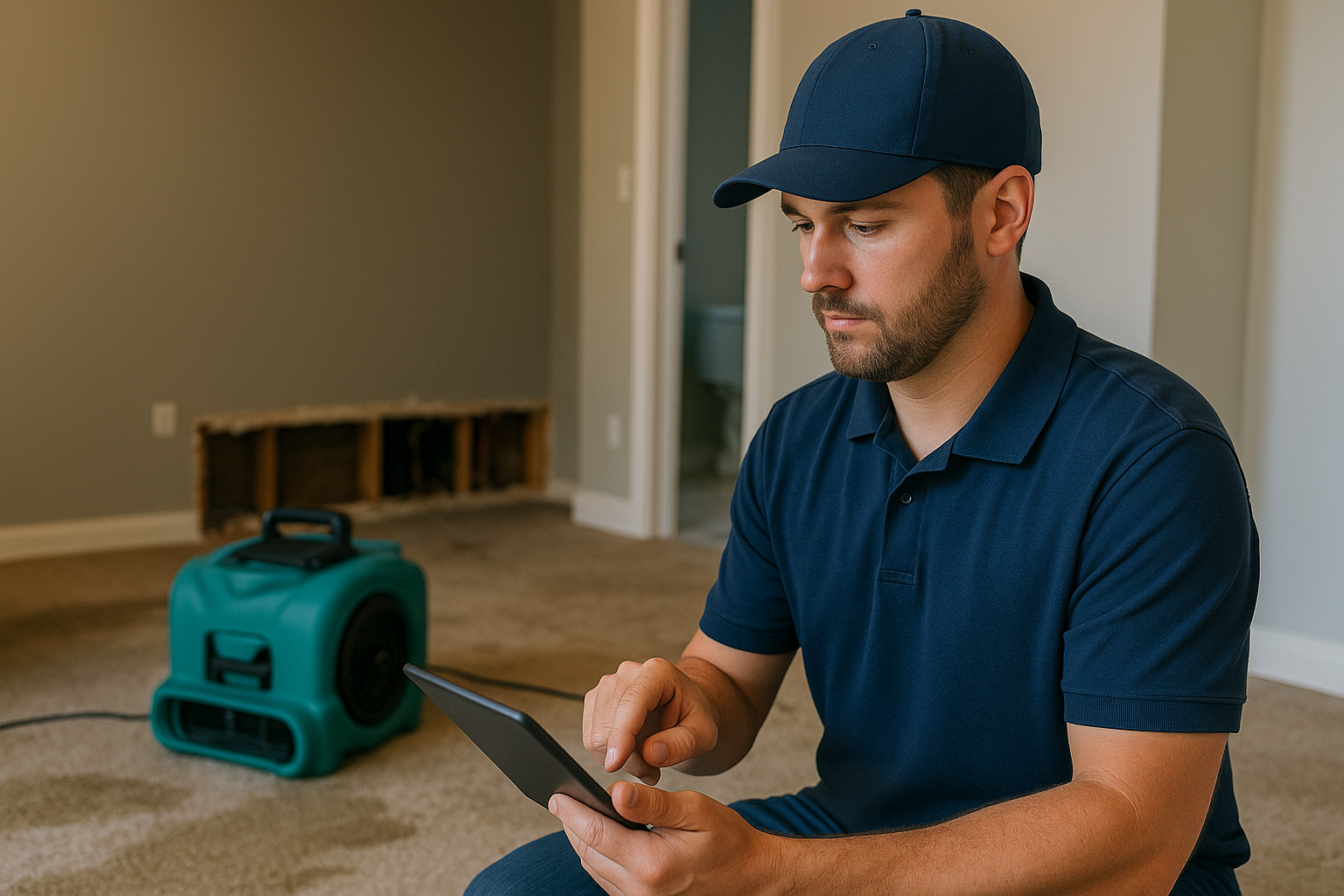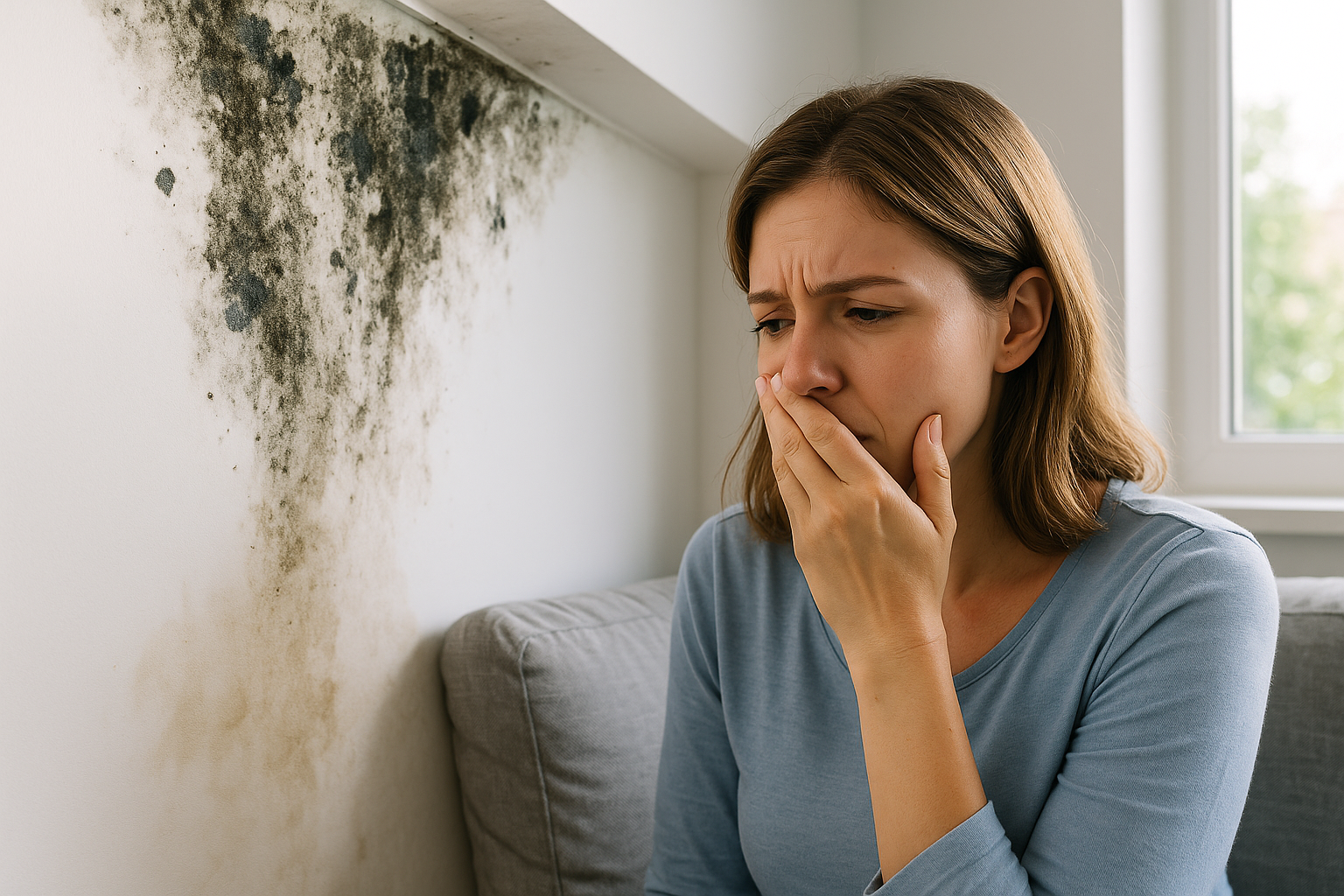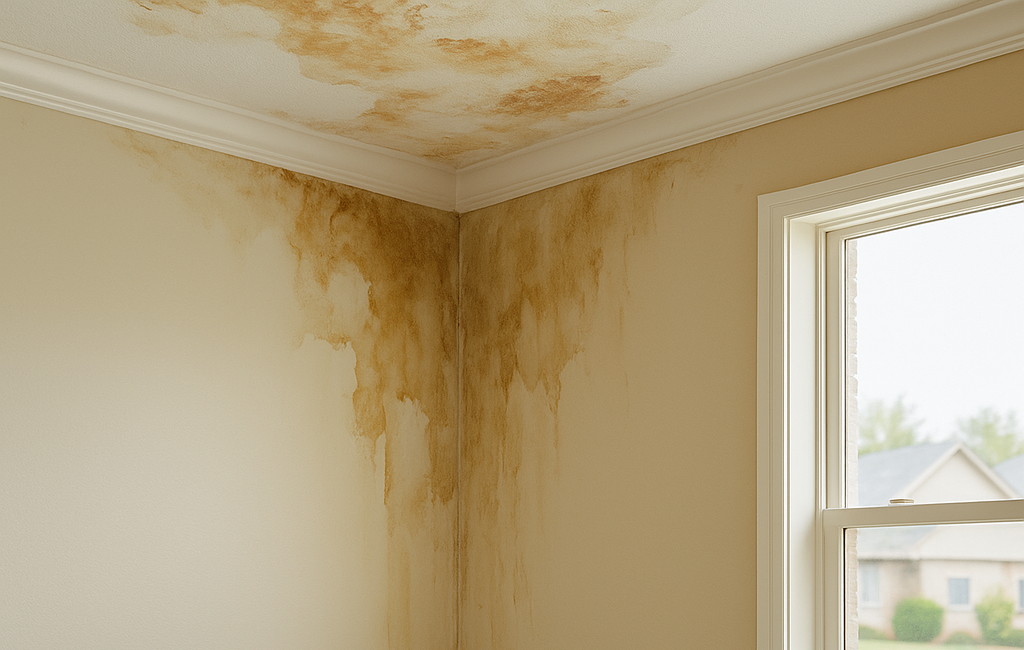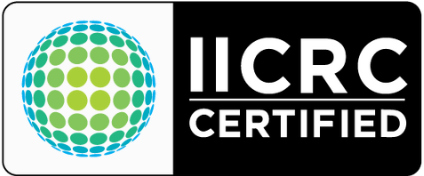Can Water Damage Lead To Mold, And How Is It Handled?
Water damage is one of the most common property issues homeowners face, especially in areas prone to flooding, heavy snowfall, or plumbing leaks. Beyond the immediate mess, one of the biggest concerns is mold growth.
Mold thrives in damp environments, and if water damage isn’t handled quickly, it can create long-lasting health and structural problems. For homeowners dealing with water damage Utah, knowing how mold develops and how to address it can make all the difference.
How to Deal with Mold After Water Damage?
Once water damage occurs, mold prevention and cleanup must be taken seriously. Here’s how the process is typically handled:
- Stop the Water Source
Before tackling mold, the source of water damage must be stopped. This could mean shutting off a leaking pipe, repairing a roof, or addressing flooding issues. - Dry the Area Thoroughly
Mold needs moisture to grow. Drying out the affected area as quickly as possible, ideally within 24 to 48 hours, is key. Professionals use industrial fans, dehumidifiers, and specialized drying equipment to speed up the process. - Remove Contaminated Materials
Items like carpets, drywall, insulation, and furniture that have absorbed too much water may need to be removed and replaced. If these materials stay damp, mold spores can spread rapidly. - Mold Remediation
If mold is already present, certified mold remediation specialists use antimicrobial treatments, air scrubbers, and HEPA vacuums to remove spores safely. Attempting to clean mold without proper equipment can release spores into the air and make the problem worse. - Prevention Steps
After cleanup, preventive measures such as sealing leaks, improving ventilation, and controlling indoor humidity help ensure mold doesn’t return.
For Utah homeowners, quick action is crucial. With the state’s mix of dry air and seasonal flooding, improper handling of water damage can lead to recurring mold issues.
How Long After Water Damage Does Mold Grow?
Mold doesn’t wait long to appear. Under the right conditions, it can start growing within 24 to 48 hours after water damage occurs. Several factors influence how quickly mold develops:
- Moisture levels – Standing water or soaked building materials speed up growth.
- Temperature – Mold thrives in warm conditions, though it can grow in cooler areas too.
- Ventilation – Poor airflow traps moisture, creating an ideal environment for spores.
- Surface materials – Porous surfaces like drywall and carpet support faster mold growth compared to non-porous surfaces like metal or tile.
Even if visible mold doesn’t show up immediately, microscopic spores may already be spreading. That’s why professional water damage restoration services in Utah often include mold inspections as part of the process. Early detection prevents widespread contamination and higher repair costs.
How Does Water Lead to Mold?
Water damage sets the stage for mold in several ways:
- Creates a Moist Habitat
Mold spores exist everywhere in the air. When water soaks into wood, drywall, or carpet, it creates a damp, nutrient-rich surface where mold spores can latch on and grow. - Weakens Building Materials
Water softens and breaks down materials like drywall and insulation, making them more susceptible to mold infiltration. - Hidden Pockets of Moisture
Water often seeps behind walls, under floors, and inside ceilings. These hidden areas can stay damp long after the visible surface appears dry, giving mold a place to spread unnoticed. - Delayed Cleanup
The longer water damage is left untreated, the higher the chances of mold growth. Even small leaks, if ignored, can create significant mold infestations over time.
In Utah, where snowmelt and occasional flooding combine with plumbing issues, homeowners must remain vigilant. A small roof leak in spring or a burst pipe in winter can create conditions for mold if repairs aren’t handled immediately. Check out this article, Water Damage Remediation For Category3 Water Damage, for more information.
Why Professional Help Matters
DIY cleanup may work for small spills, but once water damage spreads or mold appears, professional intervention becomes necessary. Certified water damage restoration specialists in Utah have the tools and expertise to:
- Detect hidden moisture with infrared cameras.
- Dry properties thoroughly using industrial-grade equipment.
- Contain and remove mold safely without cross-contaminating other areas.
- Restore damaged structures and prevent future mold outbreaks.
Attempting to handle serious water damage alone can lead to incomplete drying and recurring mold problems. In the long run, professional restoration from All Pro Services saves time, money, and protects your health.
Final Thoughts
Water damage and mold go hand in hand, but fast action can minimize the risks. Mold can begin to grow within 48 hours of water exposure, spreading quickly if left unchecked. For water damage in Utah, the best defense is quick drying, professional remediation, and preventive maintenance.
If you suspect water damage in your home, don’t wait and request expert help. The sooner you address the problem, the better your chances of avoiding mold growth and protecting both your property and your health.
About All Pro Services
All Pro Services is the premier restoration and remediation company of Utah. They offer a large variety of services from commercial cleaning and sanitization, restoration, biohazard cleanup and construction services.
Learn more about All Pro Services.

Contact Information:
All Pro Services
7747 Allen Street
Midvale, UT 84047
United States
Roger Rasmussen
(385)855-2252
https://www.allproutah.com

